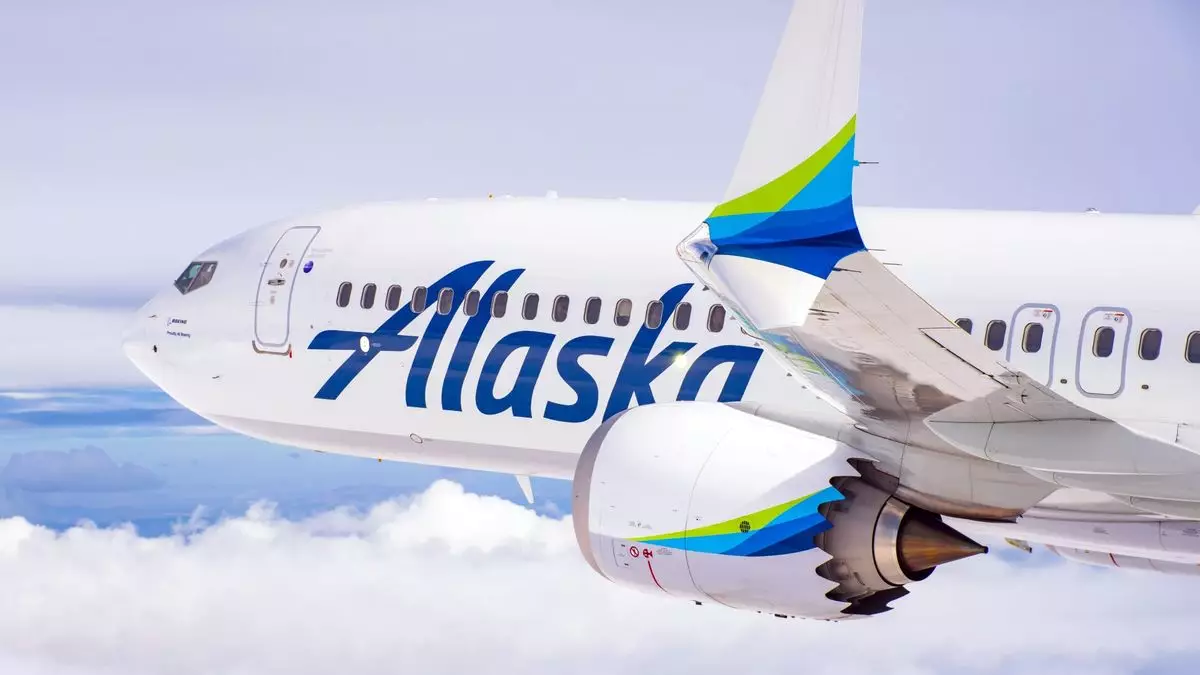The recent strike involving Boeing machinists has significant implications for the production of the Boeing 737 Max aircraft, with U.S. airlines poised to experience the most profound effects. Worker discontent over contract negotiations has led to halted production, particularly impacting expected aircraft deliveries for the remainder of the year. Analysts from Bloomberg Intelligence have highlighted this situation, indicating that Alaska Airlines stands to be the hardest hit, as it anticipated the receipt of 14 Max aircraft before the year’s end, the highest among U.S. carriers.
In total, U.S. airlines collectively expected to receive 39 737 Max deliveries, a small portion of the global outlook of 146 deliveries. American Airlines and United Airlines also had substantial expectations, with forecasts of 10 and 9 deliveries respectively. However, it is essential to note that these delays come at a time when airline traffic typically decreases after the bustling summer months, which could mitigate the immediate impact on operational capabilities for these carriers. Yet, this temporary relief does not overshadow the fact that the strike could extend for an indefinite period, complicating recovery efforts for these airlines.
Interestingly, even if the strike persists, the analysis suggests that 36 of the total global deliveries are likely to materialize from Boeing’s existing inventory. Indian and Chinese airlines are expected to receive these planes, demonstrating a potential disparity in how the strike affects domestic versus international markets. This situation raises questions about the competitive balance, as U.S. airlines face delays while foreign carriers continue to receive new aircraft, potentially giving them an edge in global markets.
Beyond just the Boeing 737 Max, the strike is disrupting the production lines for the 777 and 767 widebody aircraft as well. This broader impact means that not only airlines are affected—key players in the logistics and defense sectors, like FedEx and the U.S. Air Force through their tanker programs, are also at risk of significant operational delays. These developments could have ripple effects across the economy, highlighting the intricate dependencies woven throughout the aerospace industry.
The situation is fluid, with ongoing negotiations set between the union representatives and Boeing management, aided by federal mediation. The outcome of these talks will be critical in determining the length of the strike and its ultimate impact on production. Both sides may be under pressure to reach an agreement quickly, as continued delays could jeopardize not only immediate deliveries but also future manufacturing schedules, employee job security, and the overall health of U.S. airlines reliant on timely aircraft availability.
The ongoing Boeing strike calls attention to the fragility of supply chains and the far-reaching consequences that labor disputes can engender within the aviation industry. U.S. airlines may need to adopt contingency plans to navigate the uncertain landscape, while Boeing will have to ensure robust negotiations to avert long-term complications. As this situation unfolds, stakeholders across the industry will be watching closely to gauge its impact and the effectiveness of the resolution strategies implemented.

